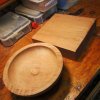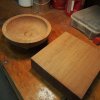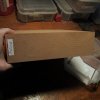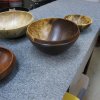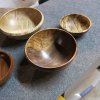Odie
Panning for Montana gold, with Betsy, the mule!
I have a couple of large, but very plain pieces of Redwood. This seems like awfully soft wood for a salad bowl, so what's the general opinion about that? Anyone see how this wood fairs with use?
ko
ko

